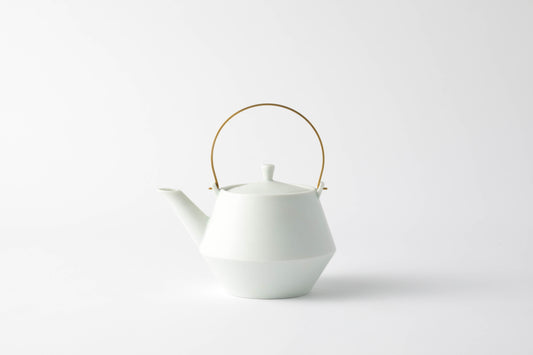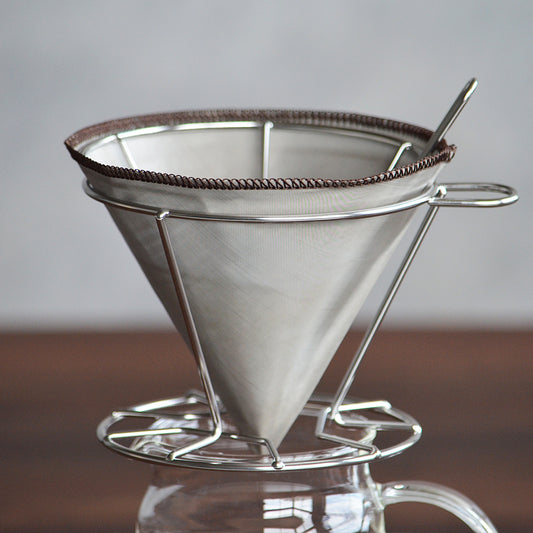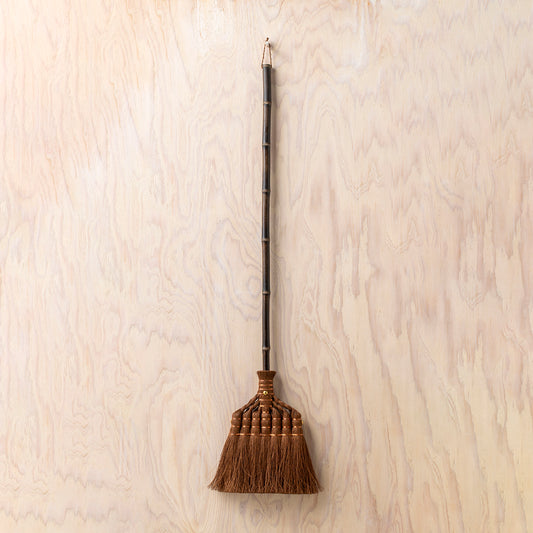株式会社岩鋳
Tamagoyaki (with wooden handle)
Tamagoyaki (with wooden handle)
Supplementary product information
Supplementary product information
Production area: Iwate Prefecture
Size:
・(Height) 7.5cm<Inner diameter>2.8cm
・(Width) 15.5cm<Inner diameter>15cm
・(Depth) 36cm<Inner diameter>18cm
Materials:
<Main body>Cast iron (Silicon baked coating)
<Handle>Wood, Iron (Plated finish)
Weight: 1.3kg
Usage precautions:
・Heat sources: Compatible with gas, direct flame, IH, etc.
Couldn't load pickup availability
Nanbu iron omelet.
The wooden handle does not get hot, and the omelets come out fluffy.
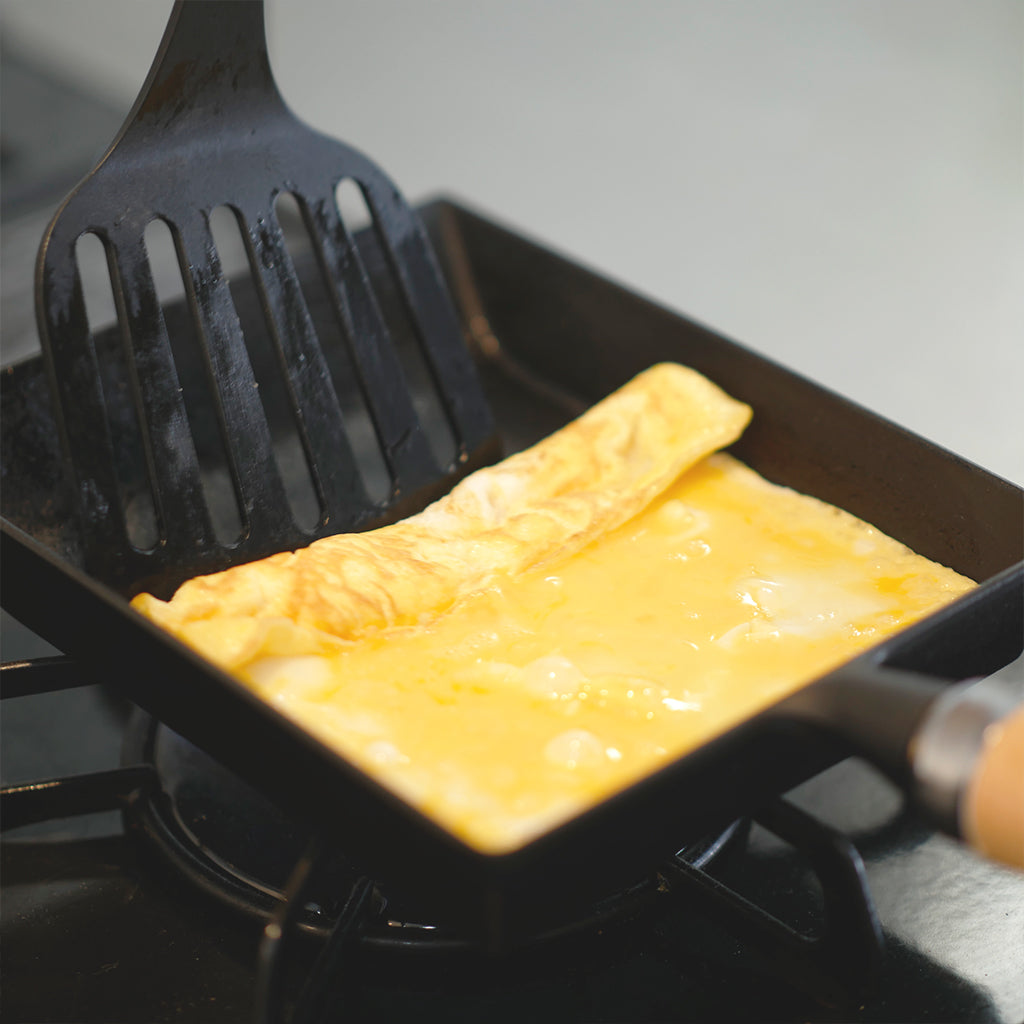
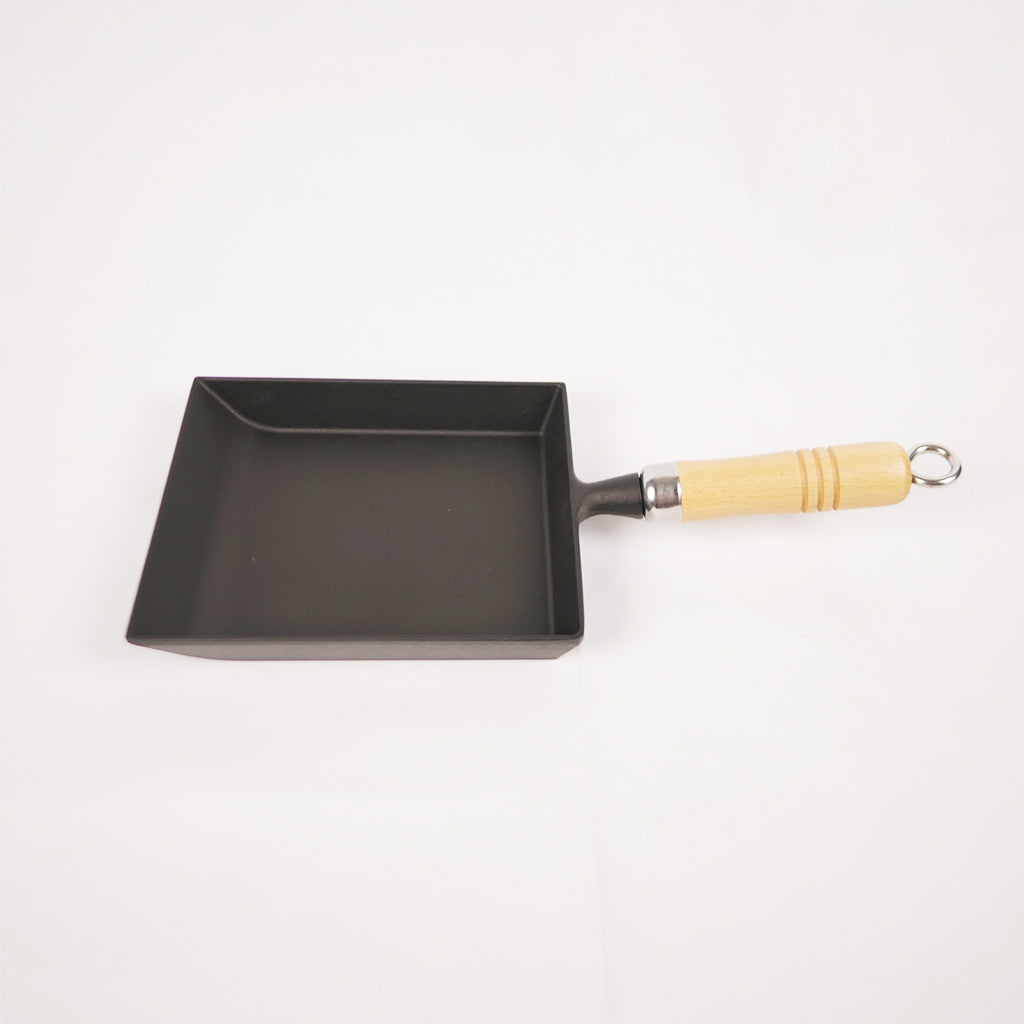
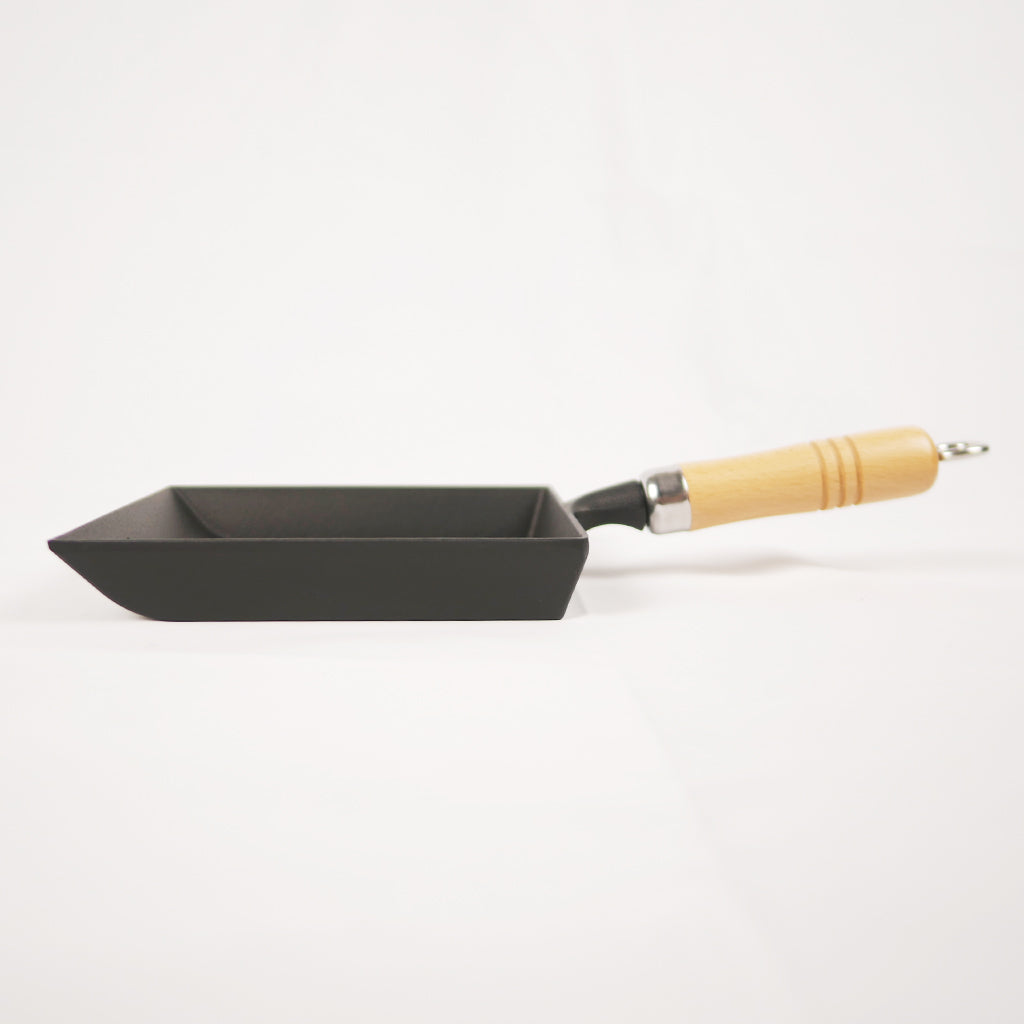
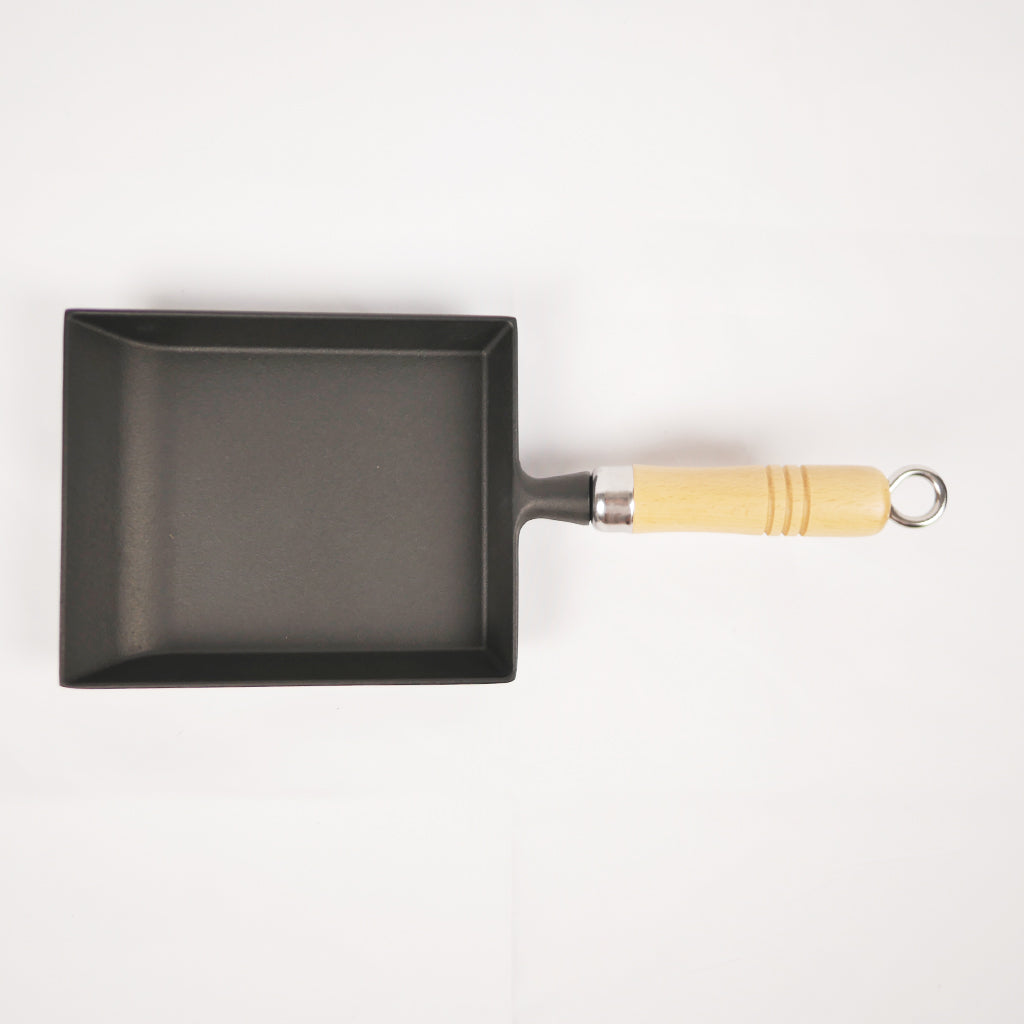
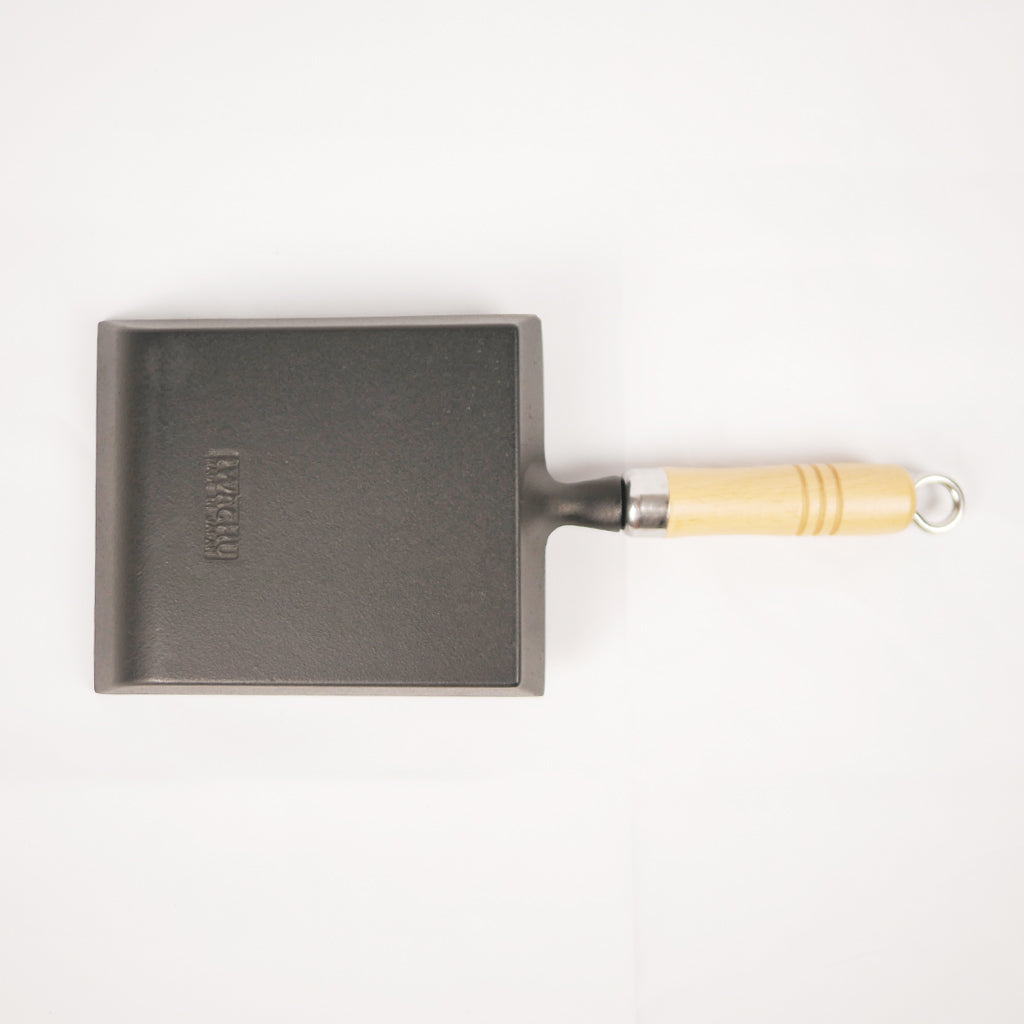
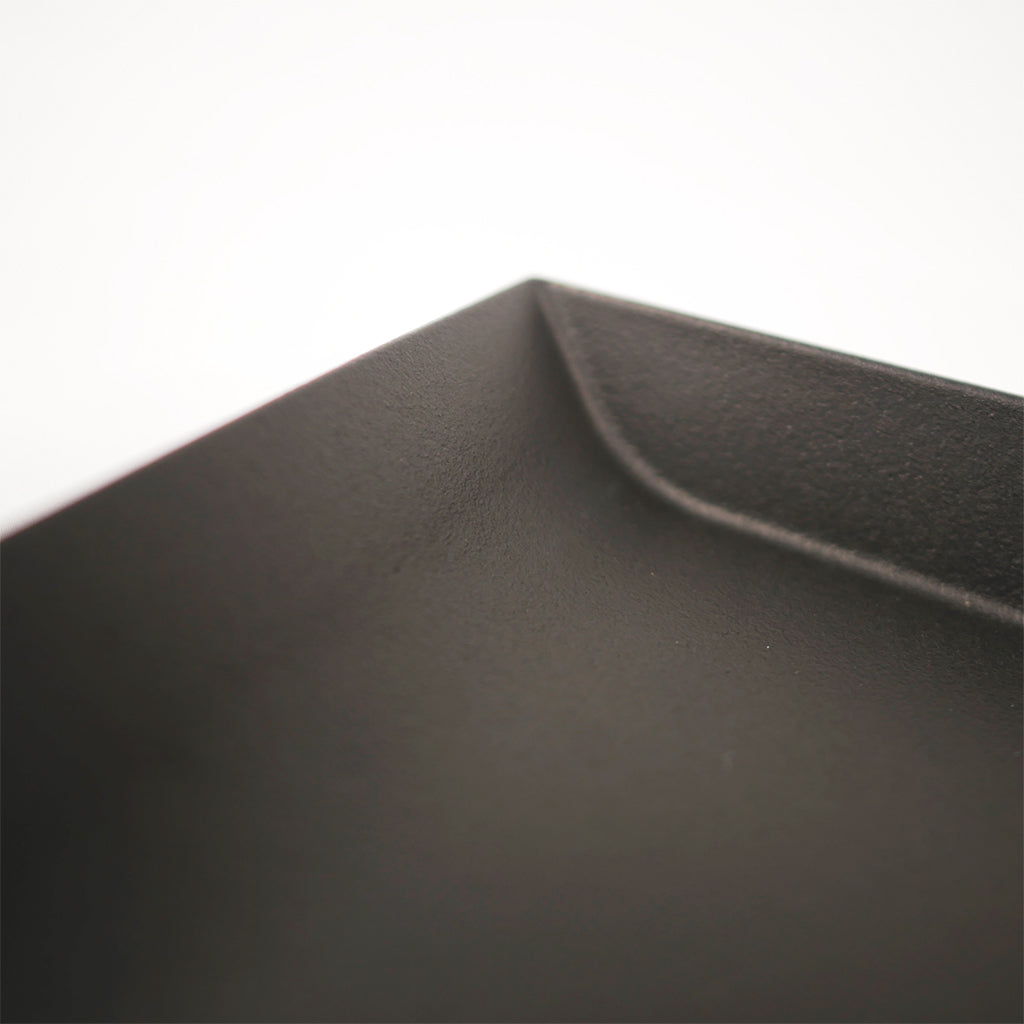
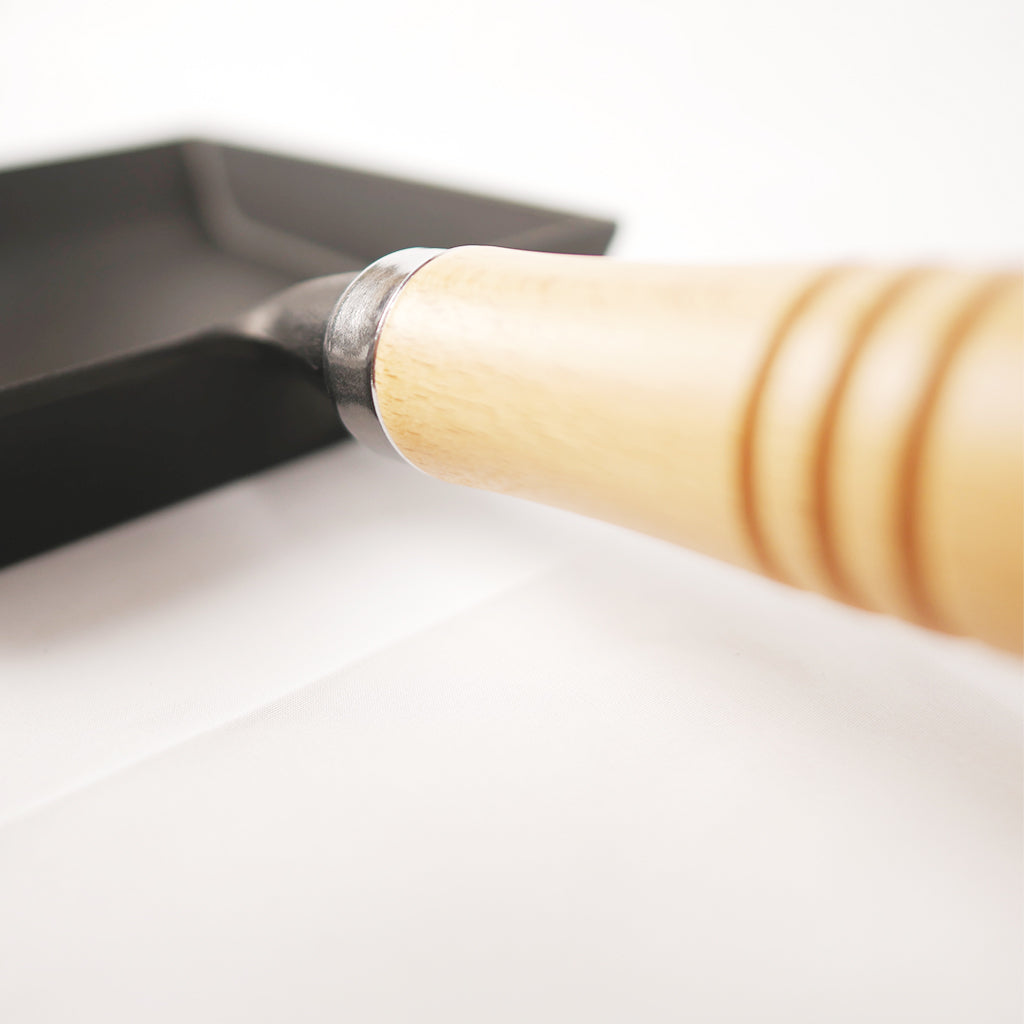
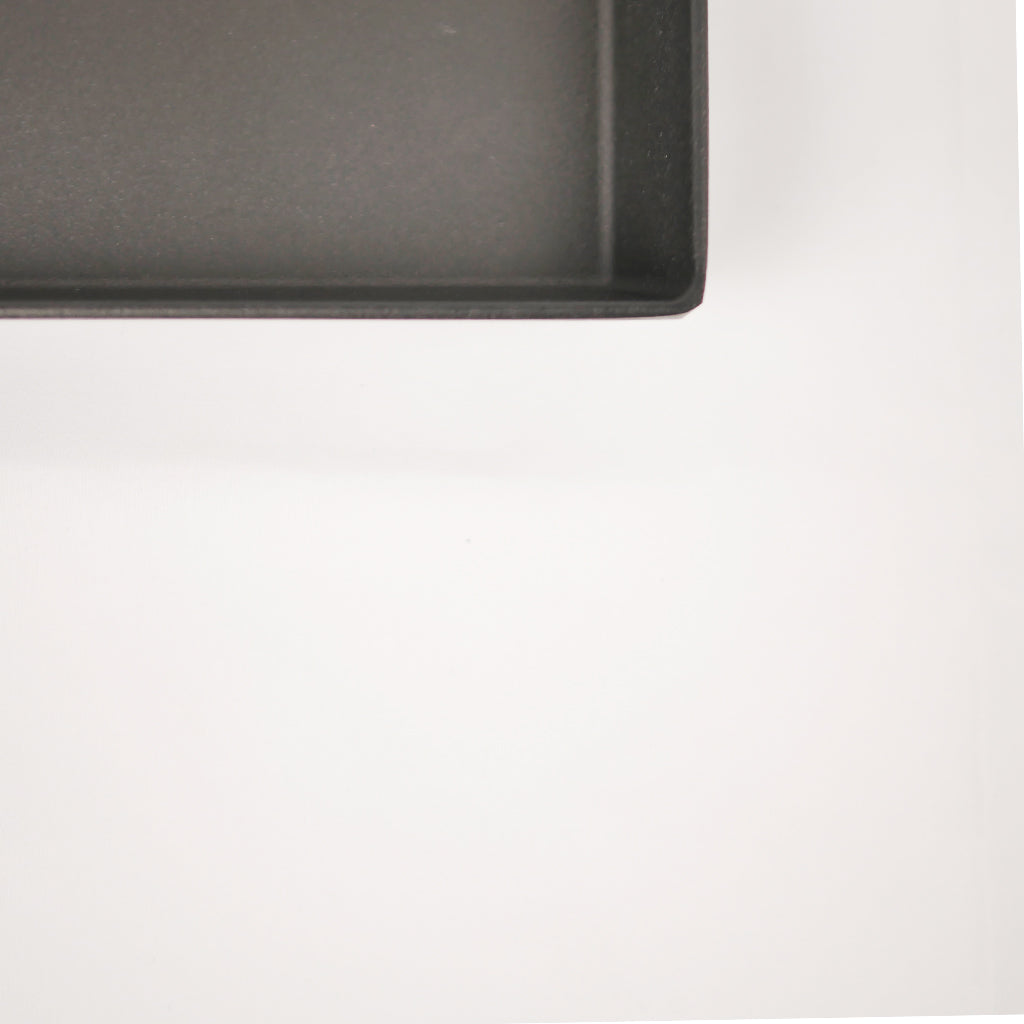
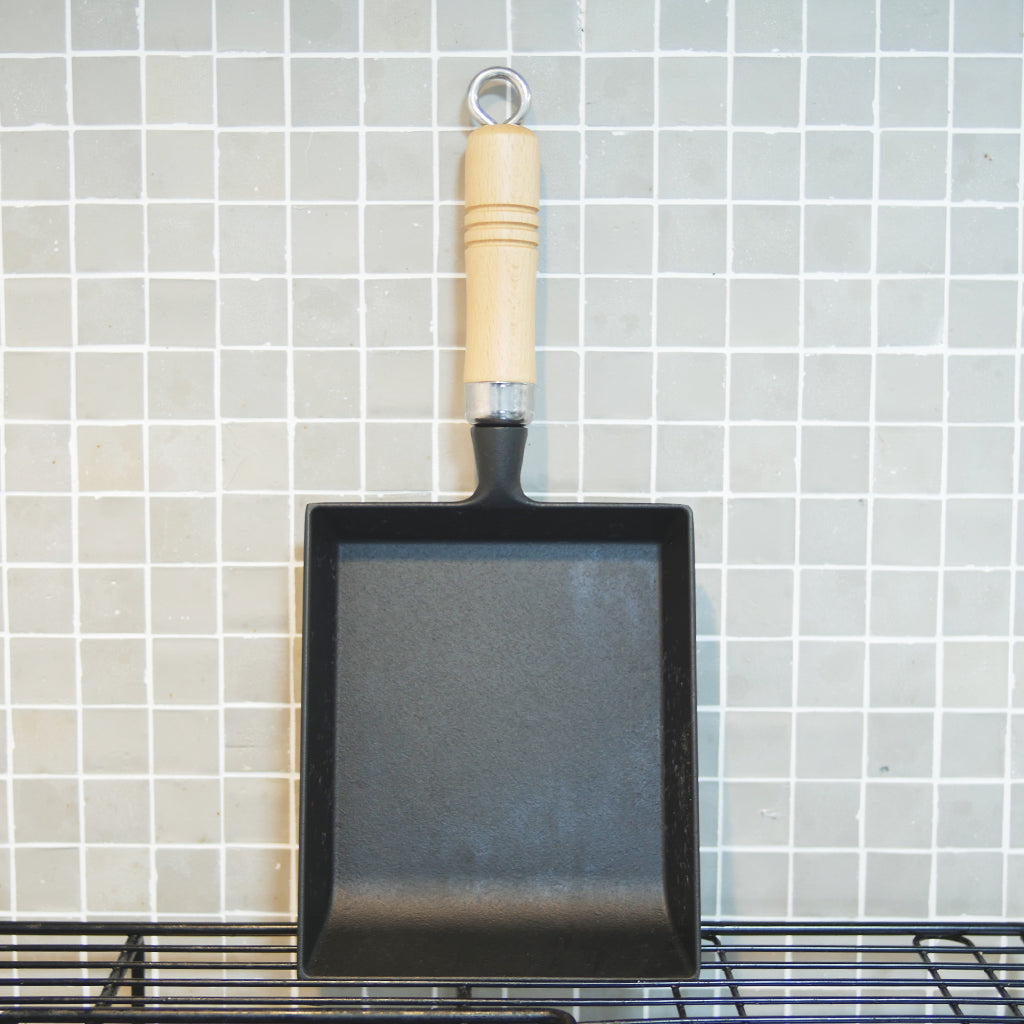
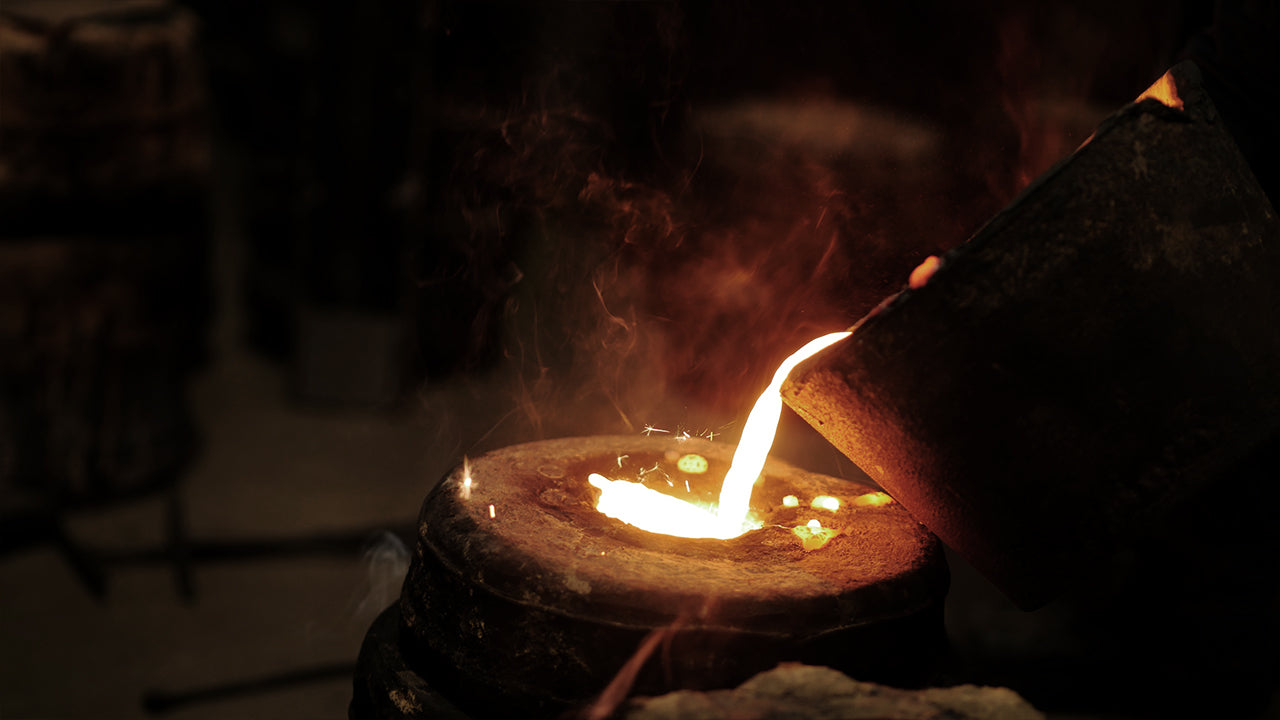
The History of Nambu Ironware
Starting from a small ironware workshop in a local town, we have faced numerous trials through the Meiji and Taisho eras, including production halts due to war and changes in lifestyle, yet we continue to challenge ourselves on the solid foundation of tradition.
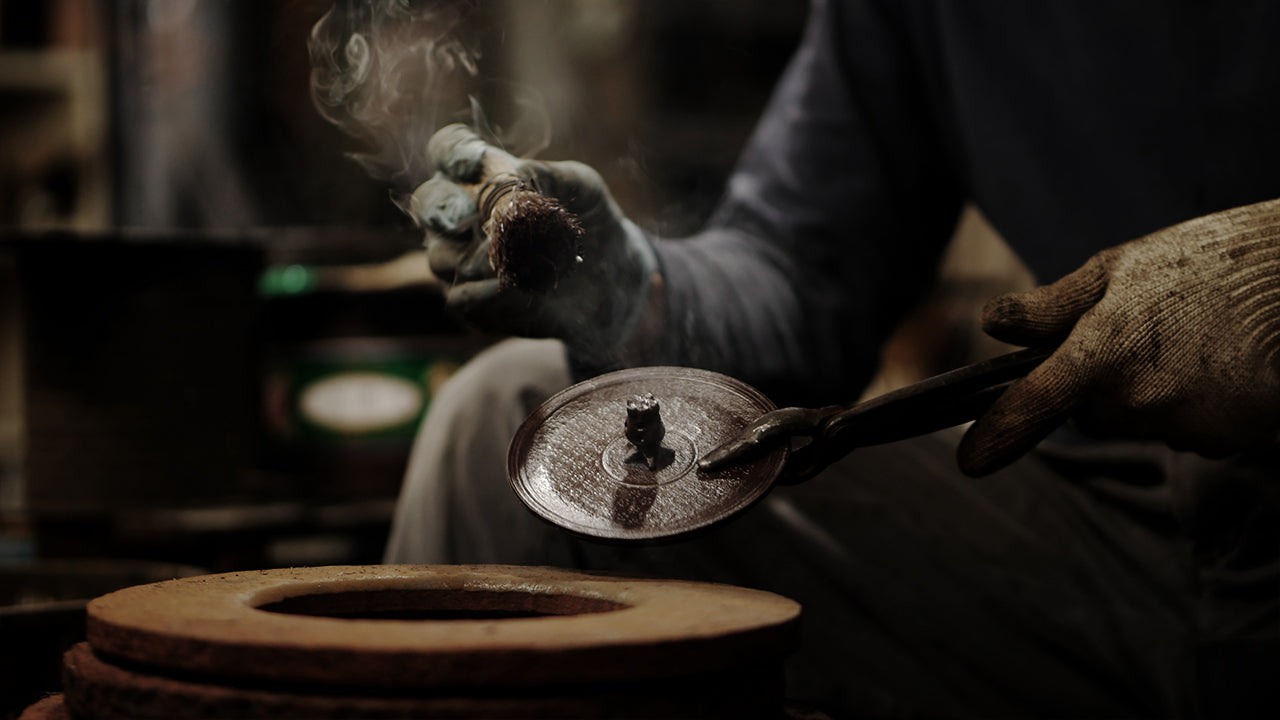
The manufacturing process of Nambu ironware
We create our works using iron, a natural material gifted to us by nature.
65 processes carried out by skilled craftsmen's hands.
It is said that it takes at least 15 years to become a fully qualified artisan.
Without the awareness that there are always customers who will use our work, we cannot create quality pieces.
The "form" and "functionality" that have remained for 400 years have been accepted and passed down to this day.
After use, they return to nature again - these are earth-friendly, sustainable tools.
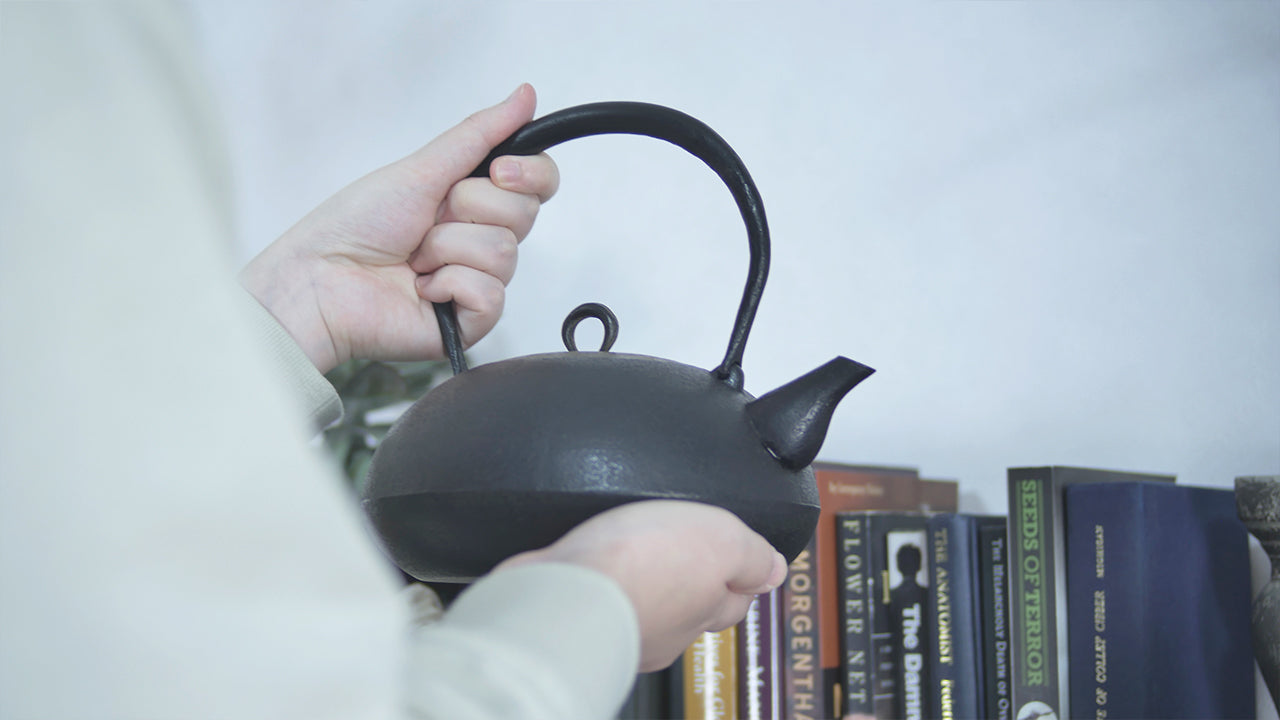
Growing Cookware
As you boil water and use it regularly, the chlorine in tap water will gradually turn the inside white.
With daily use, white scale will form after about 1 to 1.5 years.
Not only does it mellow the taste of tea, but there are also stories that using it as dilution water makes sake taste sweeter.
Once you have cultivated your iron kettle until the white scale forms, first try it with plain hot water.
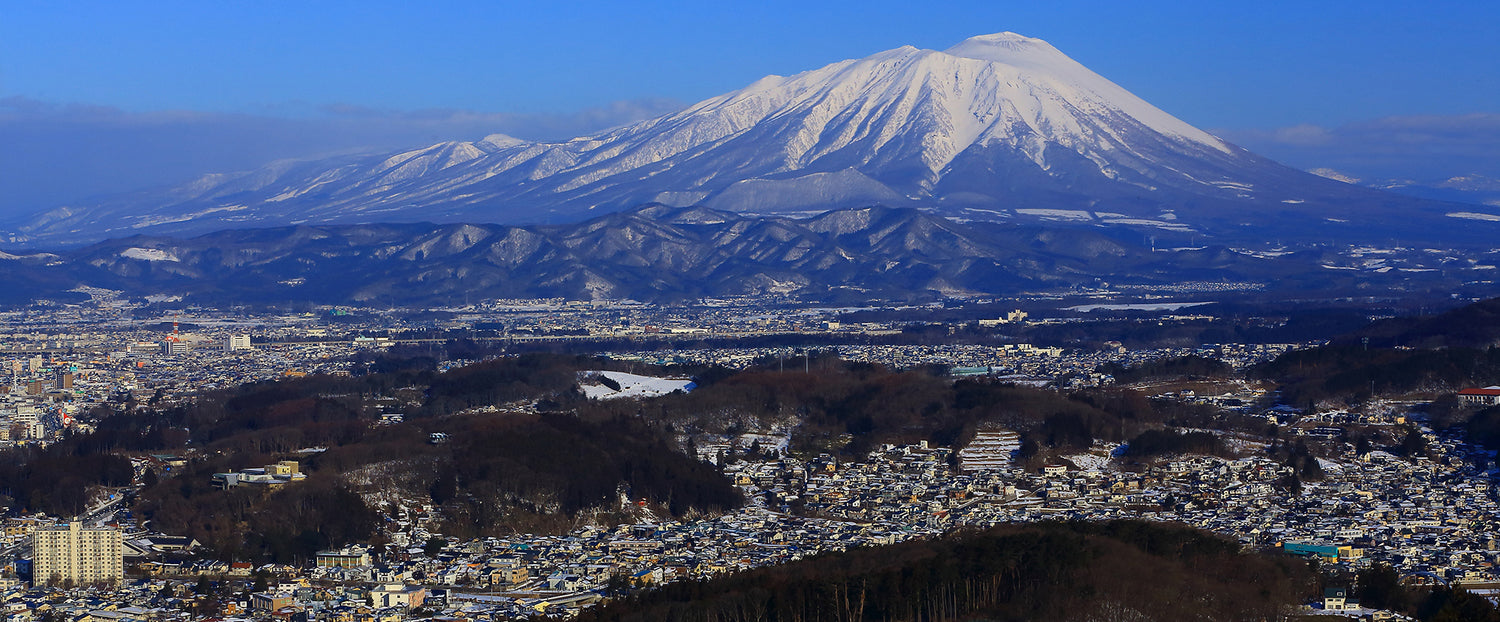
Nambu Ironware
Nambu ironware is produced in Morioka City and Oshu City. It is said to have originated in the mid-17th century when the lord of the Nambu domain invited a kettle master from Kyoto to Morioka to create tea ceremony kettles. Subsequently, as one of the domain's major industries, it continued to develop by calling upon metalworkers and kettle masters from across the nation. The "forms" and "functionality" that have remained from 400 years ago have been accepted and passed down to this day.
Other products
-
Frustum clay pot (white glaze)
Regular price $65.00Regular priceUnit price per -
ST Mesh Dripper M (for 1 to 4 cups)
Regular price $18.00Regular priceUnit price per -
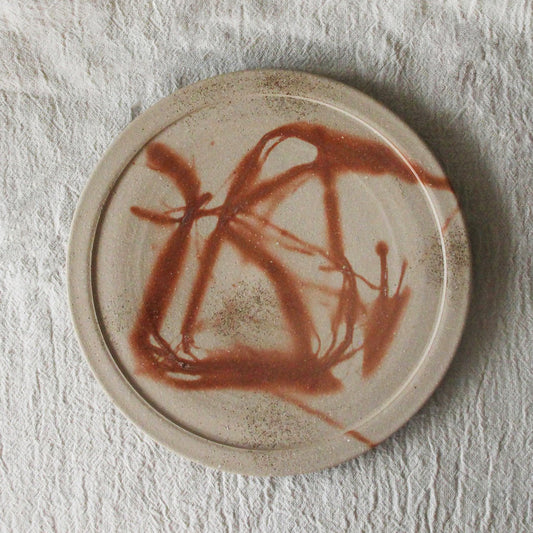 Sold out
Sold outDinner plate 27cm (Hidaski)
Regular price $53.00Regular priceUnit price per -
7 domestic palm brooms
Regular price $152.00Regular priceUnit price per












